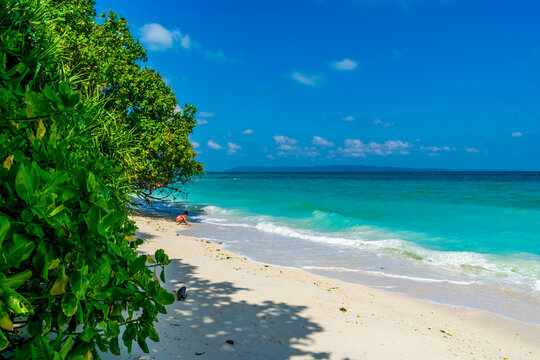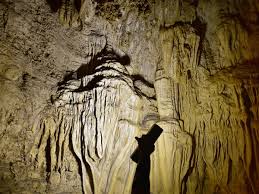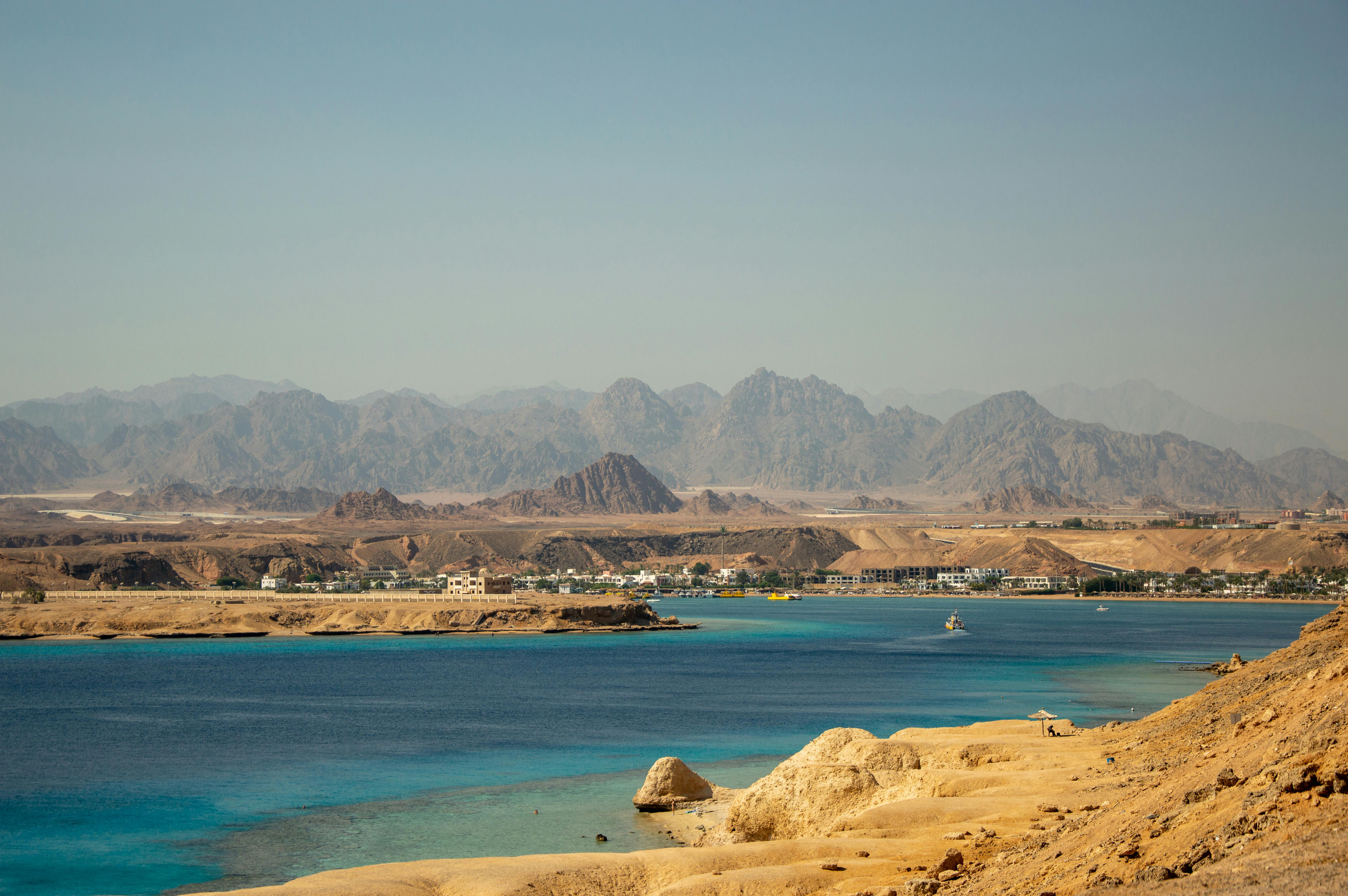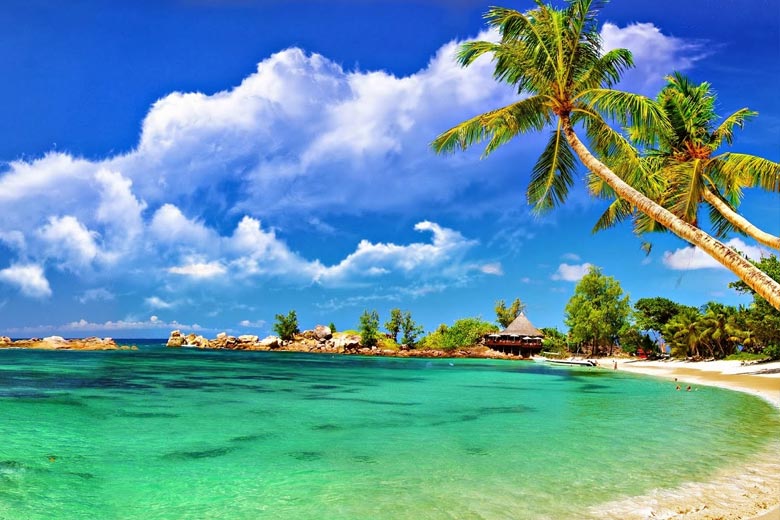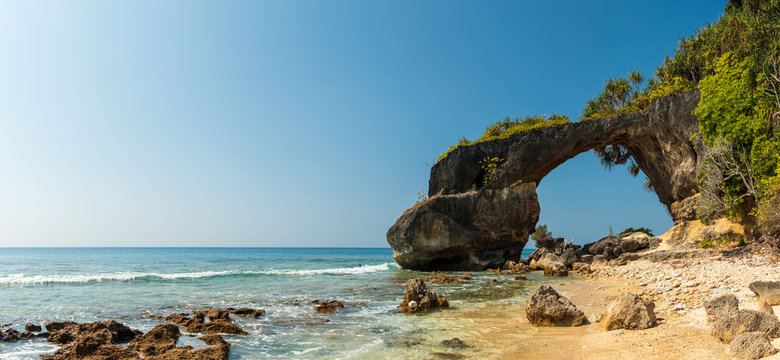The Fascinating History of Andaman Islands
Journey Through Time: Andaman's Rich Heritage

The Andaman and Nicobar Islands have a captivating history that spans thousands of years, from ancient indigenous cultures to colonial rule and finally becoming part of modern India. This archipelago in the Bay of Bengal has witnessed remarkable transformations while maintaining its unique cultural identity.
Ancient Origins
Home to indigenous tribes for millennia
Colonial Era
Strategic location for European powers
Freedom Struggle
Cellular Jail's role in India's independence
Modern Development
Union Territory of India since 1956
Ancient History & Indigenous Tribes
The Andaman Islands have been inhabited for at least 2,000 years, with archaeological evidence suggesting human presence may date back much further. The indigenous tribes of Andaman - including the Great Andamanese, Onge, Jarwa, and Sentinelese - are believed to have migrated from Africa thousands of years ago, making them some of the oldest surviving cultures in the world.
These tribes lived in complete isolation for centuries, developing unique languages, customs, and survival techniques perfectly adapted to the island environment. Their traditional knowledge of the forests and seas remains unparalleled even today.
Colonial Period & Penal Settlement
The British established their first permanent settlement in 1789 at Port Cornwallis (now Port Blair), but abandoned it due to disease. They returned in 1858 after the Indian Rebellion of 1857, establishing a penal colony for freedom fighters and political prisoners.
Key Colonial Developments:
- 1858: Penal colony established
- 1896-1906: Cellular Jail constructed
- World War II: Japanese occupation
- 1945: British reoccupied islands

The Cellular Jail: Symbol of Sacrifice
The infamous Cellular Jail, completed in 1906, stands as a powerful reminder of India's struggle for independence. Its unique design with seven wings radiating from a central tower made it nearly impossible for prisoners to communicate. Many notable freedom fighters were imprisoned here under brutal conditions.
Today, the Cellular Jail is a National Memorial, with a light and sound show that brings its poignant history to life. The jail's museum preserves artifacts and documents that tell the stories of the prisoners who suffered here for India's freedom.
Post-Independence Era
After India gained independence in 1947, the Andaman and Nicobar Islands became a Union Territory in 1956. The government focused on rehabilitation and development, settling refugees from East Pakistan (now Bangladesh) and mainland India.
Modern Milestones:
- 1956: Union Territory status
- 1960s-70s: Infrastructure development
- 1980s: Tourism industry begins
- 2004: Tsunami recovery efforts
Current Status:
- Strategic military location
- Growing tourism destination
- Protected tribal reserves
Frequently Asked Questions
How old are the indigenous tribes of Andaman?
Anthropological studies suggest that the indigenous tribes of Andaman have lived on the islands for at least 2,000 years, with some estimates suggesting their presence may date back 30,000 years or more. Genetic studies indicate they are among the oldest continuous human populations outside Africa.
Why did the British choose Andaman for a penal colony?
The British selected the Andaman Islands for a penal colony primarily because of their remote location, which made escape nearly impossible. The islands' isolation served as a natural prison, and the tropical climate was considered an additional hardship that would serve as punishment for rebellious freedom fighters.
Can visitors interact with the indigenous tribes?
No, interaction with most indigenous tribes is strictly prohibited to protect their health and preserve their way of life. The Sentinelese in particular remain completely isolated. The Indian government has established protected tribal reserves to minimize outside contact, as these communities are vulnerable to outside diseases.
How did the 2004 tsunami affect the islands?
The 2004 Indian Ocean tsunami significantly impacted the Andaman and Nicobar Islands, causing widespread destruction. Some islands were permanently altered, with land subsidence in places. Remarkably, many indigenous tribes sensed the coming disaster and moved to higher ground, suffering minimal casualties compared to settled areas.
What is the best way to learn about Andaman's history?
The Cellular Jail National Memorial and its museum offer comprehensive insights into the colonial period. The Anthropological Museum in Port Blair provides information about indigenous tribes. Local guided heritage tours and the light and sound show at Cellular Jail are excellent ways to experience the islands' history firsthand.
Historical Tours
Cellular Jail Experience
- Guided tour of Cellular Jail
- Access to museum galleries
- Light and sound show ticket
- Historical documentary screening
- English/Hindi speaking guide
Heritage Walk - Port Blair
- 3-hour guided walking tour
- Visit colonial buildings
- Anthropological Museum entry
- Samundrika Naval Marine Museum
- Local market visit
Visitor Information
Cellular Jail Timings
9:00 AM - 5:00 PM (Closed Mondays)
Light & Sound Show
6:00 PM (Hindi) / 7:15 PM (English)
Photography
Allowed (No flash in museums)
Must-See Historical Sites
Cellular Jail
The infamous "Kala Pani" prison of British India
Ross Island
Former British administrative headquarters
Anthropological Museum
Showcasing indigenous tribal cultures
Viper Island
Site of earlier British penal settlement
Netaji Subhas Chandra Bose Island
Where Netaji hoisted the Indian flag in 1943
Historical Timeline
Indigenous Settlement
Negrito tribes establish communities across the islands
First British Settlement
Port Cornwallis established, later abandoned
Penal Colony Founded
British establish settlement for freedom fighters
Japanese Occupation
Brief period under Japanese control during WWII
Union Territory
Andaman and Nicobar Islands become part of India
Discover Andaman's Captivating Past
Book a heritage tour and step back in time to experience the islands' remarkable history.
Special evening tours available for Cellular Jail light and sound show
